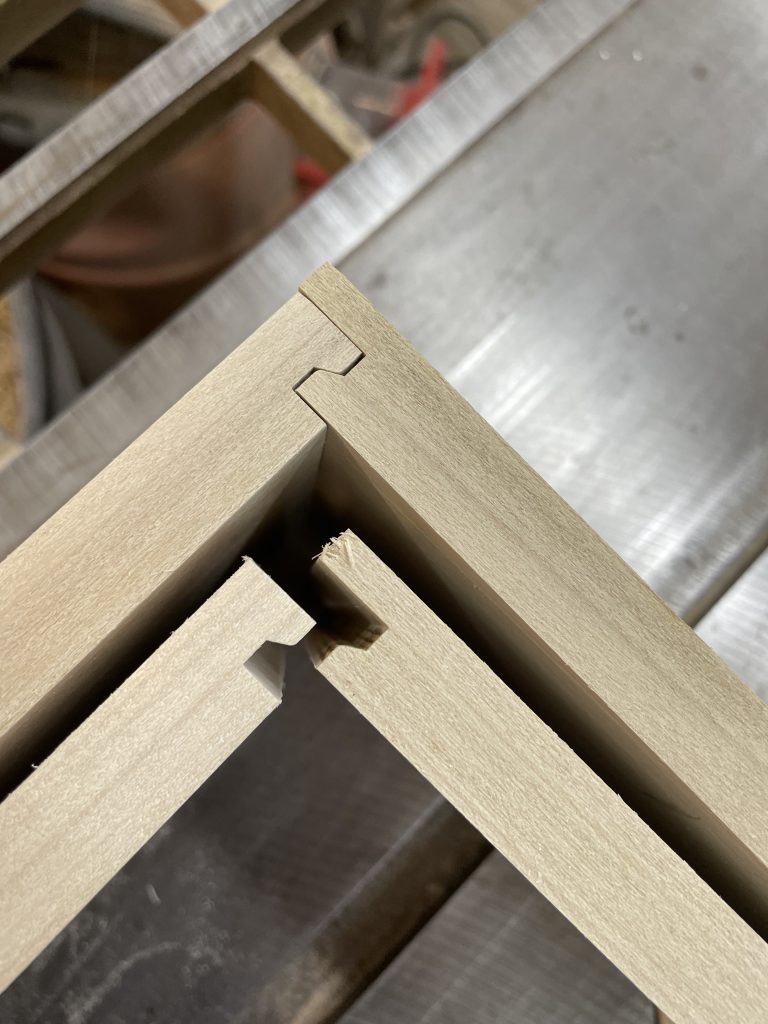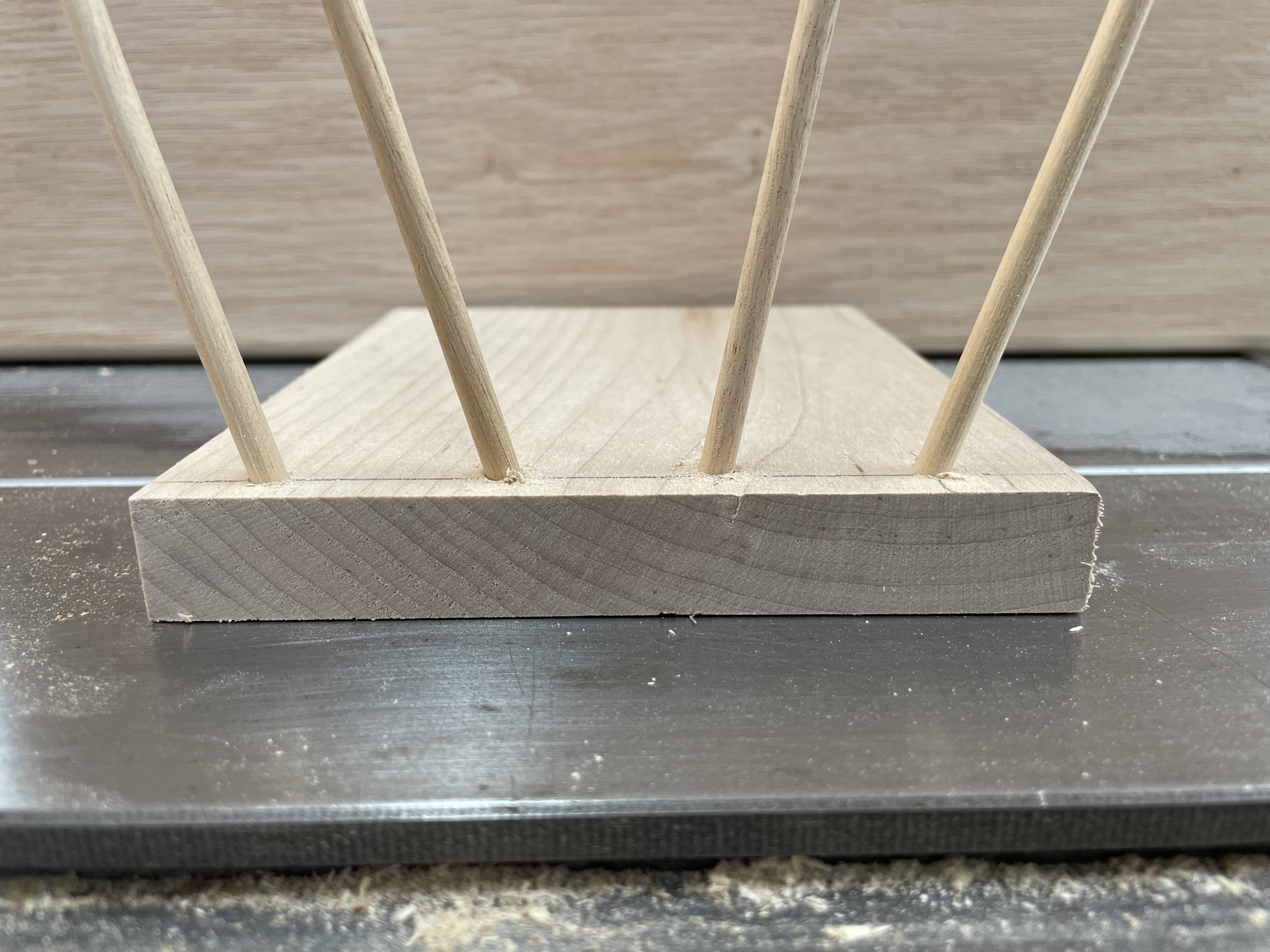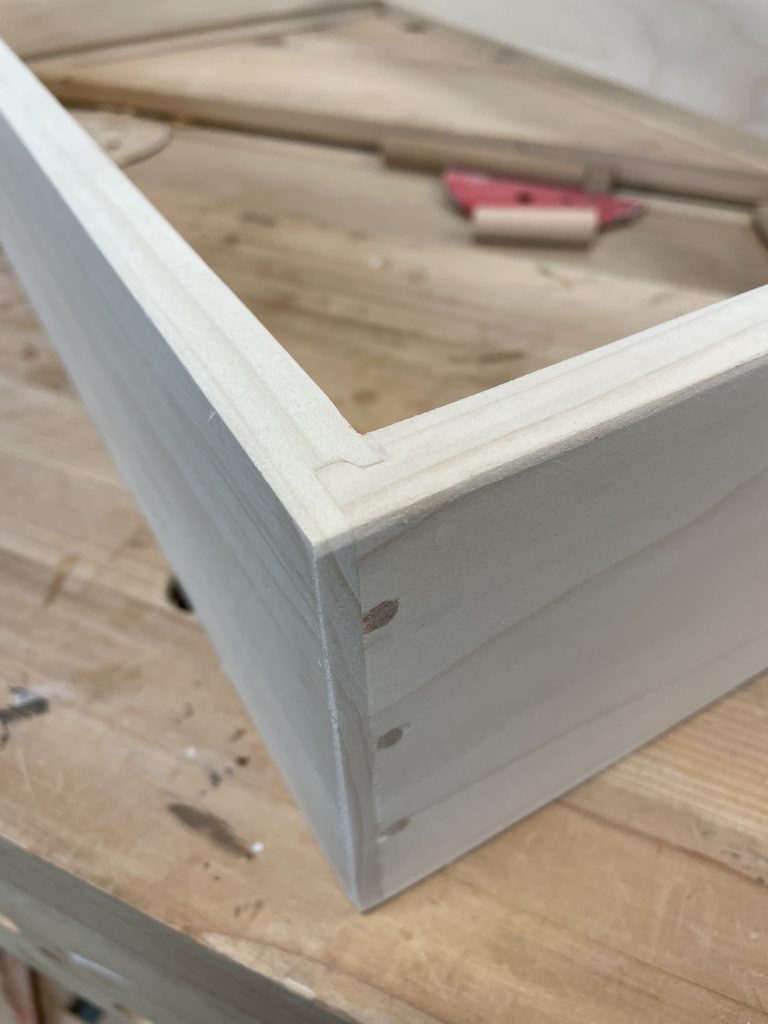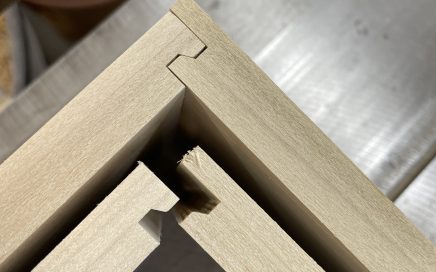If you enjoy making furniture, you are going to at some point have to make drawers. Drawers are undoubtedly useful and serve a purpose. Of course, their main and only function is to hold items.
But the size and weight of those items can be a mystery as to what the owner will place in the drawers. So to be on the safe side, drawers should be built extra strong to withstand whatever they are subjected to. After all, drawers are the most used, and abused, part of the furniture.
But to a woodworker, drawers are more than just a box to hold items. It’s a chance to create and show off a little artist style. My favorite is making dovetails on a drawer.
Dovetails are a combination of strength and beauty. In my opinion, there is no other joint that is stronger and more beautiful. However, there is a drawback. Dovetails can be time-consuming. I always cut my dovetails by hand. This is a slow, but very rewarding process for me. However, speed is the name of the game for making money. A router and jig can be used to make dovetails, but even that takes time to set up and requires multiple practice cuts. But there is another option. One that has a fairly quick setup, and can make amazingly strong joints.
It’s the drawer locking bit. This is a slightly different version of the miter locking bit (see the video here) This router bit produces a double tongue and groove. It gives the ability for a lot of gluing strength and well as a strong joint to offer a lifetime of durability. The best thing about this bit is it is fast and can produce multiple pieces. This is essential when it comes to making money and giving the customer a quality product.

I do want to note at this point that this is not a paid product endorsement. No one has asked me to write about this product. Also, I am not saying that this is the best product out on the market. This is just what I currently have and I am simply giving my opinion on it.
 I am using the Freud router bit 99-240. (click here for the link) I bought this many years ago and at the time there were no instructions for the set up of it. I have to say, it sat for many years being unused because of the lack of information to use it. But finally, after taking time to make a few practice cuts and then making a couple of set up blocks, it now can crack out fast and accurate drawers. A note here, this is a 2″ bit in diameter and has a 1/2″ shank. This is meant to be used in a router table for safety.
I am using the Freud router bit 99-240. (click here for the link) I bought this many years ago and at the time there were no instructions for the set up of it. I have to say, it sat for many years being unused because of the lack of information to use it. But finally, after taking time to make a few practice cuts and then making a couple of set up blocks, it now can crack out fast and accurate drawers. A note here, this is a 2″ bit in diameter and has a 1/2″ shank. This is meant to be used in a router table for safety.
(Look for a video in the near future showing the setup of this router bit.)
Now I do have to say, I’m a bit of a traditionalist. I realize today’s glue is amazingly strong. And combine that with the drawer locking bit, it’s an unbeatable combination. Yet, I still feel the need to make it stronger. How is that you ask? By inserting angled dowel rods.
 The dowel rods do two things. One, they are another form of joinery that offers its own advantages for strength. Two, by angling the dowels into the wood, it now introduces geometry and thereby gives it a wedging function. If the glue fails, and the double tongue and groove fails, it still has a strength of compression and tension by the angles dowel rods.
The dowel rods do two things. One, they are another form of joinery that offers its own advantages for strength. Two, by angling the dowels into the wood, it now introduces geometry and thereby gives it a wedging function. If the glue fails, and the double tongue and groove fails, it still has a strength of compression and tension by the angles dowel rods.
In my opinion, the combination of the drawer locking bit and angles dowel rods will have this joint outlive me. And if it should fail, well I’ll be long gone. So good luck on trying to cash in on any warranty that I offered.
Please consider adding a drawer locking bit to your collection of tools. I have found it to be a worthwhile tool in the craft of furniture making.
Chad Stanton- 23 year professional craftsman of furniture making 6-27-2021



